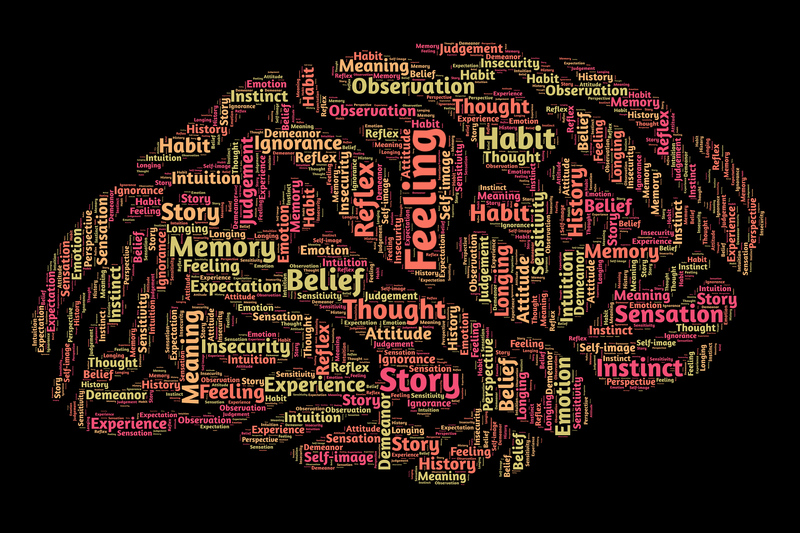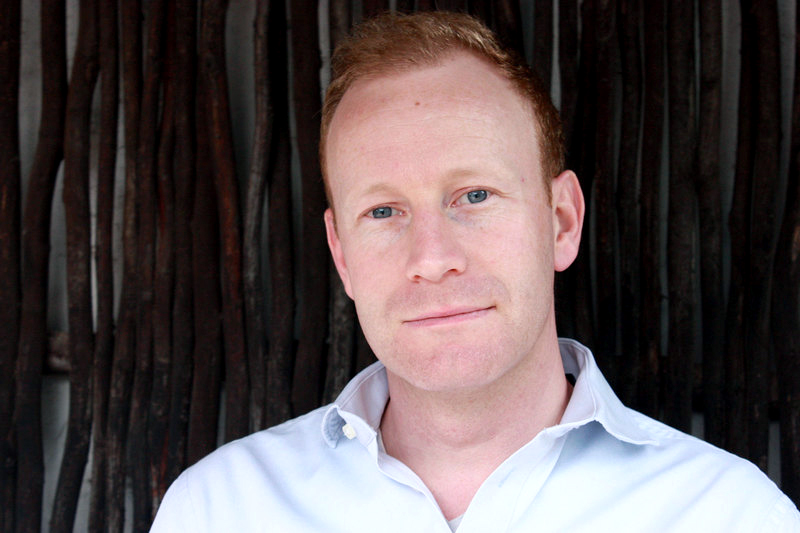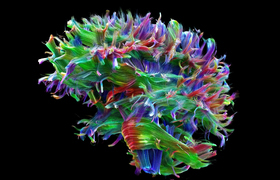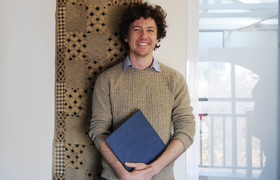PhD candidate’s mission to understand the human brain
12 October 2021 | Story Niémah Davids. Read time 5 min.
When Leen Remmelzwaal made the decision to embark on the journey to his doctoral degree at the University of Cape Town (UCT), he knew that the brain – one of the most fascinating organs of the human body – would be a key focus of his research.
And he wasted no time. Using artificial intelligence (AI), Remmelzwaal – a PhD candidate in computation neuroscience – set out to establish the nitty gritty of this complex organ. His goal: to understand how the brain makes, interprets and processes predications, and how these predications direct and influence an individual’s decision-making process.
His PhD dissertation is titled “Brain-inspired distributed cognitive architecture”, and is an extension of his MSc research, which explored how the human brain tags memories with emotions. UCT News spoke to Remmelzwaal about his research, its findings and some of his future plans.
Niémah Davids (ND): Tell us about your research methods, and the AI model you developed to help you reach the necessary conclusions.
Leen Remmelzwaal (LM): To reach the necessary conclusions, I developed a CODA model – a novel computation model of the human brain – and divided each element (the thalamus, the cortex and the arousal system) into three independently operated computer programmes.
“My research reveals two distinct operations of behaviour.”
In my dissertation I present a brain-inspired cognitive architecture that incorporates sensory processing, classification, contextual prediction, and emotional tagging. Interestingly, my research reveals two distinct operations of behaviour; that closely model attention in the brain.
ND: In attempting to understand various aspects of the human brain, what has your research revealed?
LM: Using the CODA model, researchers can now simulate diseases and lesions which normally occur in a human brain by using a computer-generated brain. We can now simulate severing the connections between the arousal system (the part of the brain that regulates consciousness, attention and alertness) and the cerebral cortex – the outer layer of neural tissue of the cerebrum of the brain. For example, I observed a distinct change in behaviour when the cortex failed to receive the adrenalin it needed upon ‘seeing’, for example, a vicious dog.
ND: What has the CODA model taught you in this process?
LM: This model helped me to understand consciousness, by modelling how the cortex directs attention. It demonstrated that there are many inputs constantly competing for attention in the human brain. I’ve established that the human brain is able to weigh up the importance of each input using emotional tagging, and subsequently decide which aspect needs the most attention.
Let’s use an exam as an example: often, after we write an exam, we realise just how hungry we are. This happens because the importance of completing the exam was given priority over the usual day-to-day functions of the body. Because of the emotional importance associated with the exam, the desire to eat is only given the necessary attention once the emotionally tagged event has passed.

ND: What are some of your most interesting findings?
LM: Two findings really stand out for me. Besides the potential impact the CODA model can have on understanding brain injuries and disease, it was also fascinating, when modelling the human brain, to see how it has the ability to direct active attention. This has offered significant insight into the highly debated topic of consciousness.
ND: Has your PhD research inspired any new ventures?
LM: As a matter of fact, it has. I’ve recently established an AI business called FirstStep.ai. We offer visual AI solutions targeted at industrial applications, including security and human behaviour monitoring, and product and asset quality control inspection.
“I hope that this business will change the landscape of the AI applications industry.”
We also offer an industry-first web-based design tool for industrial solutions. The tool allows clients to log in via a web browser, choose their application, train their AI models and download an installable application with just a click of a button. I hope that this business will change the landscape of the AI applications industry, and place the design tools back in the hands of clients.
ND: What are the next steps with your research?
LM: My research sets the foundation for bio-realistic attention direction and sensory selection. I believe that it is a key step towards achieving a bio-realistic artificial intelligent system.
The software has also been published as an open-source platform, and can easily be extended by future research teams.
Remmelzwaal has submitted his dissertation for external examination and hopes to graduate with his PhD in 2022.
 This work is licensed under a Creative Commons Attribution-NoDerivatives 4.0 International License.
This work is licensed under a Creative Commons Attribution-NoDerivatives 4.0 International License.
Please view the republishing articles page for more information.










